If the rate of change on the outside is greater than the rate of change on the inside, the end is near.
Jack Welch
The ability to envision and inspire hope for a better future is the mark of a leader. Change is inevitable and unpredictable. We can expect the rate of change to increase exponentially as we move into the 21st century. How do we prepare?
Resilience, the ability to withstand shocks and adapt to changing conditions, is an attribute we may need to cultivate now, more than ever. Applied to ecosystems, and to integrated systems of people and the natural environment, resilience is the ability to respond positively to disturbance-driven change. To survive, leaders must recognize and balance the three characteristics of resilience – the amount of change the system can undergo and still retain the same controls on function and structure; the degree to which the system is capable of self-organization; and the ability to build and increase the capacity for learning and adaptation”
Resilient leaders seek to understand the dynamic systems of interaction between people and their environment and to identify the resources and adaptive capacities a system can leverage to overcome vulnerabilities that may result from change;
As Gary Zukav said, “Changing the world begins with the very personal process of changing yourself, the only place you can begin is where you are, and the only time you can begin is always now.”
It is in the moments where we are fully and actively present and attentive to whatever wants to emerge that leadership, in its truest sense, manifests…for leadership is situational. It is in these moments of inner stillness and attentiveness that create the conditions for fruitful dialogue, insightful and innovative ideas that can give rise to creative collaborations. The key leadership attribute is deep, active listening, without judgment…tuning in to self, to others and to the environmental context, in a mindful, unhurried way to cultivate a mindful and engaging, leadership presence.
The 8Es of the KAIZEN Leadership Development System provide a framework and an approach – a process, to cultivate resilient leaders.
Evaluation – Taking Stock, Getting your Bearings, Assessing the Situation
Evaluation is critical at the beginning, at the end of a cycle and parlays into process monitoring throughout. Insight is developed through experience and reflection of events and problems, their root causes and how to leverage them. The ability to evaluate without prejudice and with a clear perspective of what is being evaluated and why, ie. having a clear, unbiased understanding of the vision, is a prerequisite of resilient leadership.
Sound evaluation processes cultivate the ability to be objective and impartial, with a commitment to manage by fact, rather than fiction or wishful thinking, by:
- Identifying what’s working well
- identifying opportunities for improvement
- Measuring results against expectations
Evaluation measures return on effort and return on investment, checks assumptions against results, assesses impact and validates the process to drive the kaizen, continuous improvement cycle.
The process of evaluation is a function of management – making the most of available resources. The integrity applied to the evaluative process is prerequisite to sound leadership and ensures information is relevant (aligned with strategic direction), accurate and coherent.
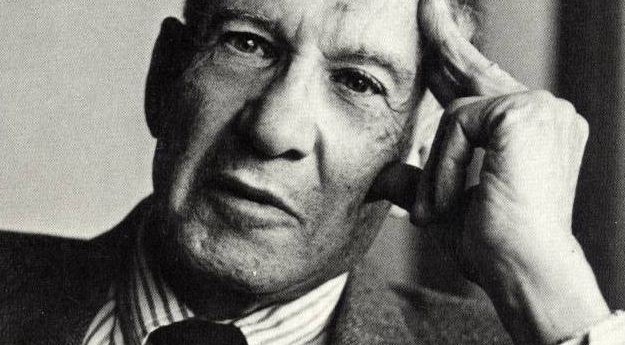
There is the risk you cannot afford to take and there is the risk you cannot afford not to take.
Peter Drucker
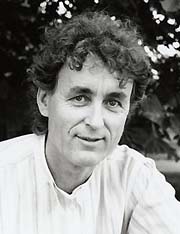
What we observe is not nature itself but nature exposed to our method of questioning.
Fritjof Capra
Engage – Gathering Information, Gaining Perspective, Inspiring Support
The resilient leader recognizes interdependence as fundamental. Diversity is valued and everyone is recognized as a valuable source of information, insight and perspective. Respect for people, time, resources, and value differences are demonstrated through effective meeting management and communications.
The openness and transparency of the process provides for information sharing and a fuller understanding of challenges and opportunities to generate mutual understanding and respect. Those engaged at this stage are primed for further engagement in any or all of the subsequent processes – and recognized as a valuable and respected resource.
The ability to engage others is an attribute of emotional intelligence and resilient leadership.
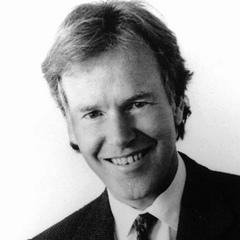
Leadership is deeply personal and inherently collective. That’s a paradox that effective leaders have to embrace. It does depend on them. It does depend on their convictions, their clarity, their personal commitment to their own cultivation. And on the other hand, it doesn’t depend on them. It’s an inherently collective phenomenon.
Peter Senge
Envision – Creating a Compelling Vision and Roadmap
Aware of the internal and external context/situation (history and trends), the resilient leader envisions “what can be”, and creates an image of the ideal. A clear future vision, once created, is tested against the leader’s personal goals and objectives and presented to stakeholders for feedback and refinement. The leader’s vision sets the direction, identifies objectives and values, and gives rise to:
- Mission or purpose,
- Goals (measurable outcomes)and
- Plan
Visions provide a framework for planning. Leadership embodies the mission in a multi-dimensional style, which infuses all organizational levels with the spirit of the mission that position achievement limited only by imagination. Alignment of a manager’s personal vision and values with that of the organization is known as “the fit”.
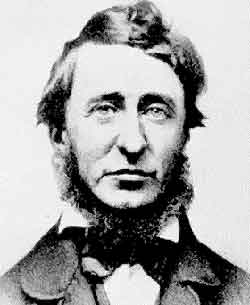
If you have built castles in the air, your work need not be lost; that is where they should be. Now put the foundations under them.
Henry David Thoreau
Enable – Creating Systems and Processes that Support Strategic Action
The leader assembles the right people and necessary resources and ensures enabling processes and systems that promote productive action, are created and in place. This stage requires tough choices be made on approach, strategy and style for:
- organizational structure and processes
- business and operating models
- technology
- marketing
- production
Planning methods are designed to invite contributions from all stakeholders with dynamic and responsive communications systems designed to maintain effective dissemination of information and ensure engagement. Organizational structures are designed to promote effective networking and administrative processes, system-wide.
People at all levels of the organization are recognized to have valuable knowledge, experience and unique perspectives. Stakeholders accept ownership of the plans’ elements via regular communications and intentional conversations.
Everyone understands their role in the organization. Achievement and productivity is balanced with personal and professional development, creating the possibility for individual career development. Life-long learning and continuous improvement are shared values recognized as fundamental to cultivating resilient leadership.
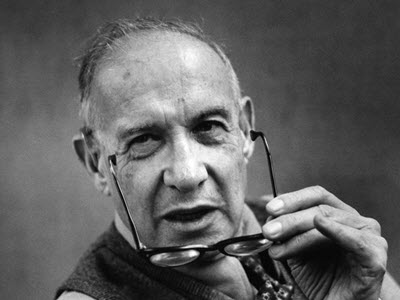
People determine the performance capacity of an organization. No organization can do better than the people it has.
Peter Drucker
Empower – Creating a Culture of Trust, Openness and Mutual Respect
Leaders build collaborative teams with shared values, and empower their people to work to their best. To do so, the leader clarifies:
- roles
- relationships
- standards of agreement, and
- accountabilities.
Planning processes provide for measurement and feedback. The plans are iterative and well socialized which make them executable, focused, integrated, adaptive and flexible. People feel entrusted which frees them to take autonomous action and can be transformative in how they see themselves, instilling a sense of confidence that inspires and invigorates.
Self-concepts can be positively affected by how effectively managers challenge their people to help them achieve and see themselves as increasingly competent. This shift in self perception is a source of courage which they can draw on for the rest of their careers as well as see their leaders as role models for their own behavior.
In an atmosphere where mistakes are treated as learning opportunities, people feel encouraged to take risks, test innovations and develop bold new initiatives unleashing creative energy.
Free-flowing horizontal and vertical feedback and feed-forward communications enables exchange of information and ideas across all boundaries. The ability to empower is an attribute of emotional intelligence and strategic management.
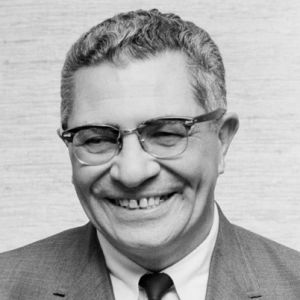
Individual commitment to a group effort — that is what makes a team work, a company work, a society work, a civilization work.
Vince Lombardi
Execute – Managing the Process, Executing the Plan Responsive to Context
Resilient leaders internalize and ground the vision to ensure the system sustains goal focus. The leader, attentive to the small things responds to abnormalities and shifting trends (context), internal dynamics and external stakeholder relations, balancing the various forces at play to further the enterprise.
Teamwork is a powerful aspect of every organization. Leaders working side by side with their people enable high quality, empowered teams. Personal interaction, respect, and honesty create conditions where traditional organizational boundaries are transcended. Team accomplishment leads to an increased sense of personal achievement, meaning, and contribution to a greater purpose.
Acknowledging achievements helps the system stay process-focused and results oriented. Celebrating milestones and personal contributions builds commitment and honours its integrity, encouraging it to be open, alert to challenges and responsive to emerging opportunities.
Leaders, striving for clarity and committed to seeking out transformational opportunities, both large and small, cultivate situational awareness. They engage their workforce through intentional conversations to do their best to eliminate waste, variation and overburden systematically, maintain and exceed standards to create best practices in a process of continuous improvement.
Allocating resources, time, and subject-matter experts to share good ideas, leaders engage others and inspire possibility-thinking while recognizing and rewarding innovators thereby cultivating the ability to adapt.
Executing a vision is where leadership and management skills come together and a manager’s capacity to lead and a leader’s ability to manage is continually tested. Linking the impact of many small, practical improvements requires that the leader develop financial and operations management skills to bridge the gaps that may exist between production, marketing and business strategy.
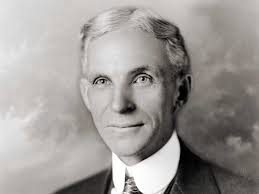
Obstacles are those frightful things you see when you take your eyes off your goal.
Henry Ford
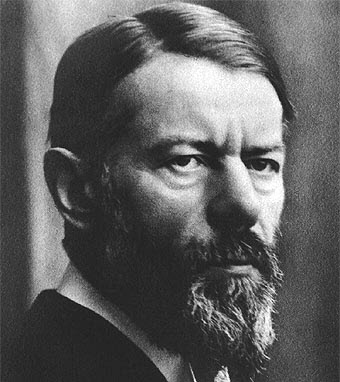
Institutions that endure thrive not because of one leader’s charisma, but because they cultivate leadership throughout the system.
Max Weber
Energize – Integrating Feedback and Feeding it Forward, From Within and from Outside, to Nourish the System
Leaders receive feedback from the emerging system, (their team) the context, through introspection and self-reflection. Listening to, heeding and reflecting on feedback received, from the increasingly complex system, enables the leader to maintain its balance. In turn, the leader feeds forward relevant information gained, making necessary adjustments, and energizing the people, the process and enhancing the system’s coherence and resonance – and inspiring a can-do/will do attitude and building commitment to action.
People are energized and inspired when they see leaders taking time to notice their potential, and deliberately choose to coach, mentor or invest in their personal and professional development fostering higher personal investment, commitment and intrinsic motivation.
As the system grows in dynamism, the connections between internal and external customer-supplier relationships become strengthened, through the energy of the system as a whole, and organizational resilience is enhanced.
Giving people the opportunity to excel, a chance to make a contribution, creates a sense of personal meaning, a sense of belonging and higher purpose, and raises personal and professional standards.
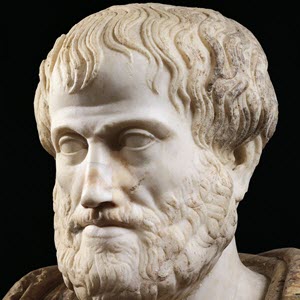
Excellence is an art won by training and habituation. We are what we repeatedly do. Excellence then is not an act, but a habit.
Aristotle
Enlighten – Self mastery, authenticity and courage to lead and inspire others
Nurturing the spark that catalyzed the leadership journey, into controlled and self-directed passion, is a leadership process of self-mastery and authenticity – an evolutionary process of enhanced resilience attained through a conscious process of continuous improvement.
Resilient leaders are systems-thinkers who see themselves in relation to others, themselves and their world. Motivated by enlightened self-interest and compassion they strive to balance the system, and in so doing, help others advance the careers and improve their lives. They recognize that developing leadership competencies in themselves and in others, is a process of self-directed discovery, transformation and personal development, human response to an ever-changing landscape, welcome it and support it in others, enthusiastically.
Leadership is both a role and a process. We entrust those in leadership positions, who have power and authority, to act on behalf of the whole. How well are they doing? What are the performance indicators we apply to evaluate their performance? How effectively is their vision for the system you are a part of aligned with your own? What can I learn from my observations and experiences? The process of asking powerful questions and actively listening engages the mind and leads to clarity and inspired action.
Who am I? What do I want? What is my vision? What action can I take to realize it?
Developing personal leadership potential is a choice. The impulse may be triggered by an external event or motivated by an inner compulsion and leads to a conscious process of transformation, personal growth and contribution. Resilient leaders are enlightened leaders, facilitating leadership development in others, is in their own enlightened self-interest. Leadership is a role, a process and a practice.
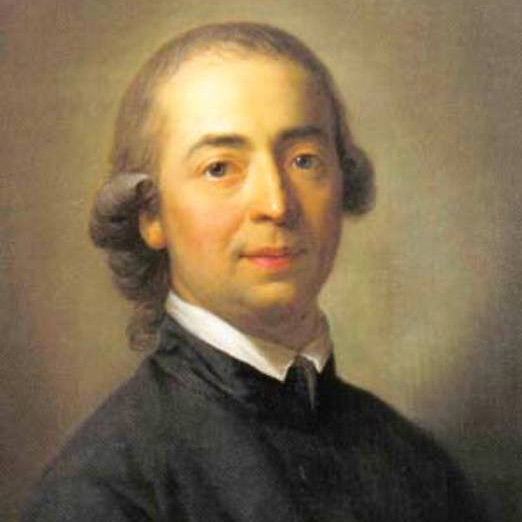
Nobody can contribute to the best of humanity who does not make the best out of himself.
Johann Gottfried Herder
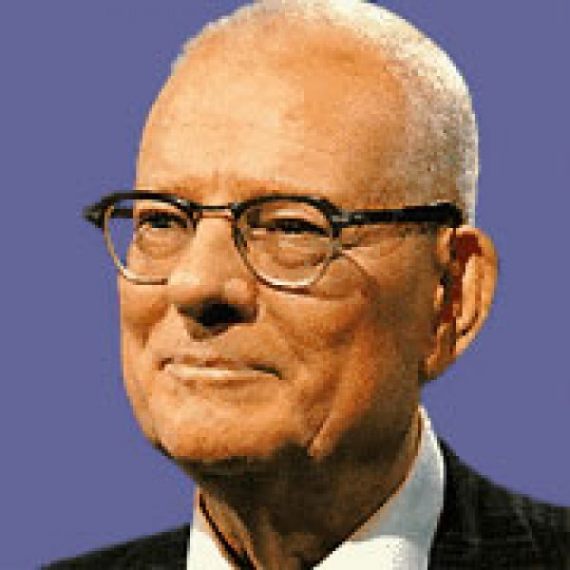
And then again…It is not necessary to change, survival is not mandatory.
Edwards Deming
This article was first published in Worldwide Coaching Magazine, November 2017 edition.